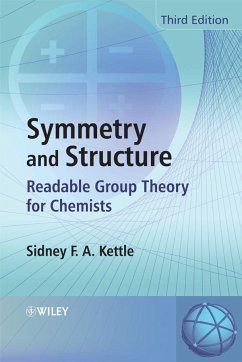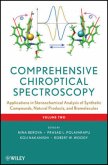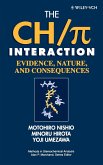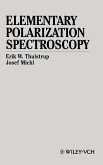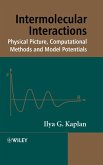Building on the foundation of the Second Edition, Symmetry and Structure: Readable Group Theory for Chemists, Third Edition turns the complex and potentially difficult subject of group theory into an accessible and readable account of this core area of chemistry.
Gruppentheorie - für Chemiker ein Buch mit sieben Siegeln? Nicht mit diesem Band: Der Autor bereitet die komplexen, sicherlich schwierigen Zusammenhänge, in hervorragend lesbarer, mathematisch unaufdringlicher Form auf. Für diese dritte Auflage wurde die dreidimensionale Visualisierung der Kernpunkte noch einmal verbessert. Im Kapitel über okataedrische Moleküle wird jetzt auch die Ligandenfeldtheorie der Übergangsmetallkomplexe behandelt. Überischtliche Diagramme, Tabellen und Zusammenfassungen an den Kapitelenden erleichtern das Lernen und Einprägen; die Umsetzung des Stoffs kann anhand zahlreciher Aufgaben geübt werden.
Gruppentheorie - für Chemiker ein Buch mit sieben Siegeln? Nicht mit diesem Band: Der Autor bereitet die komplexen, sicherlich schwierigen Zusammenhänge, in hervorragend lesbarer, mathematisch unaufdringlicher Form auf. Für diese dritte Auflage wurde die dreidimensionale Visualisierung der Kernpunkte noch einmal verbessert. Im Kapitel über okataedrische Moleküle wird jetzt auch die Ligandenfeldtheorie der Übergangsmetallkomplexe behandelt. Überischtliche Diagramme, Tabellen und Zusammenfassungen an den Kapitelenden erleichtern das Lernen und Einprägen; die Umsetzung des Stoffs kann anhand zahlreciher Aufgaben geübt werden.
"I like this book. I ll use it next time around." ( Journal of Chemical Education , July 2010) "This is not the way I learnt group theory, but I rather wish it had been. I recommend this book to both students and lecturers ... Many will love it." ( The Higher Education Academy Physical Sciences Centre , December 2008)

